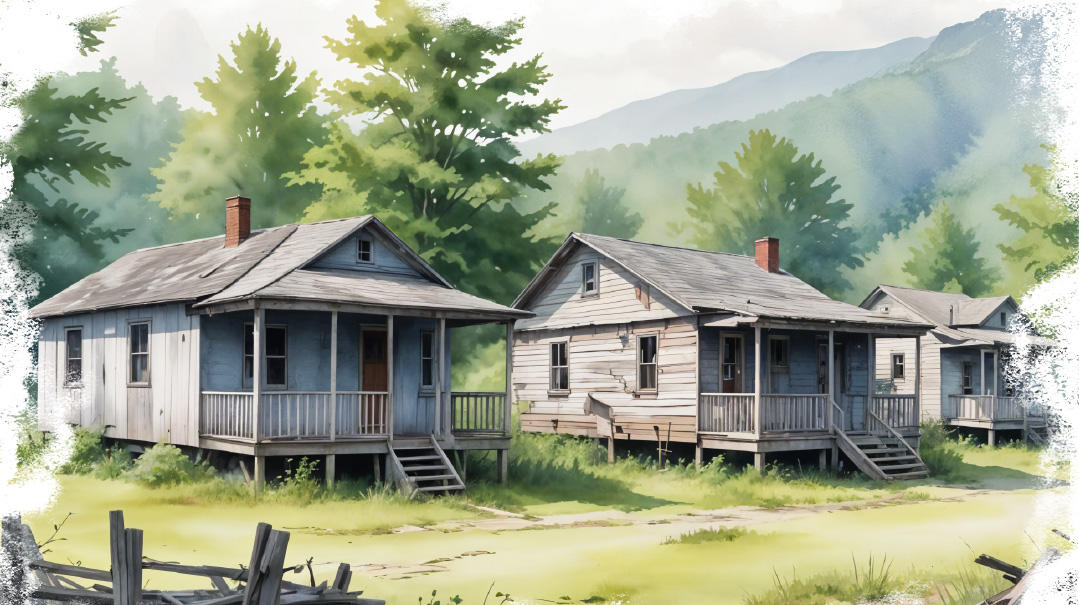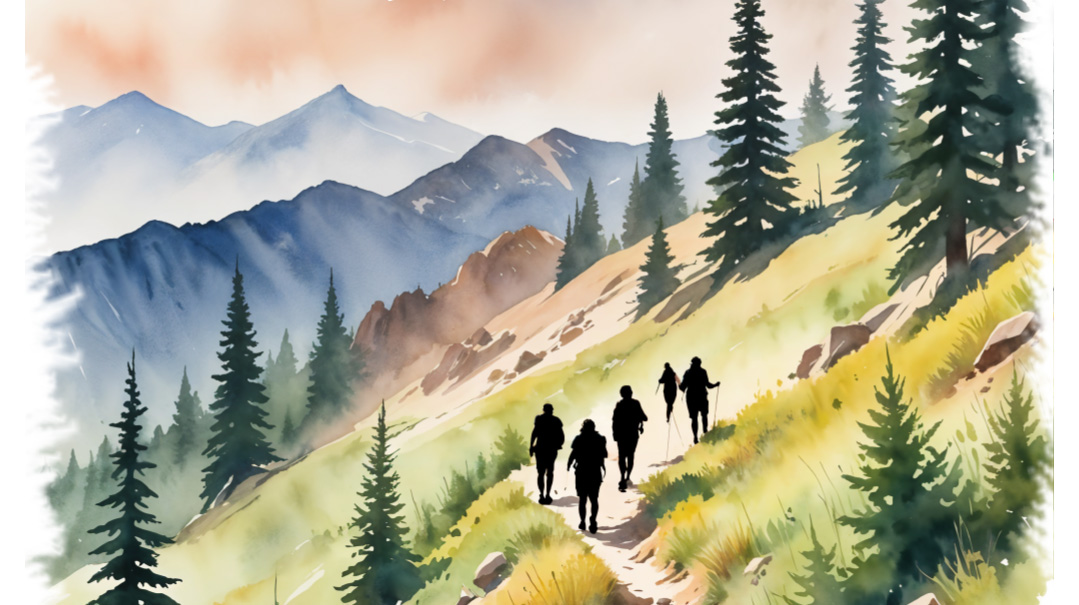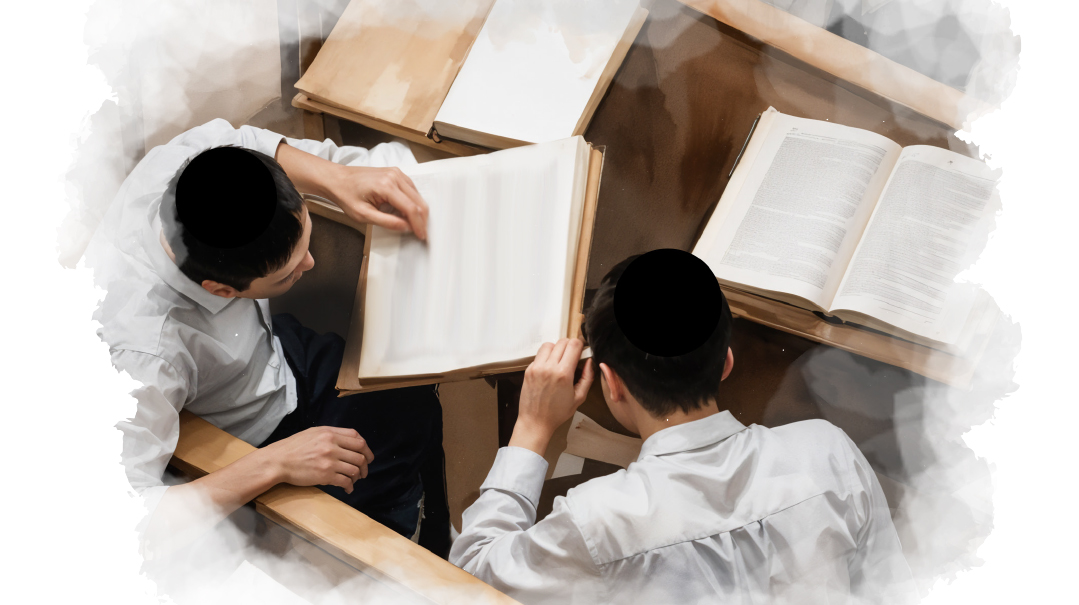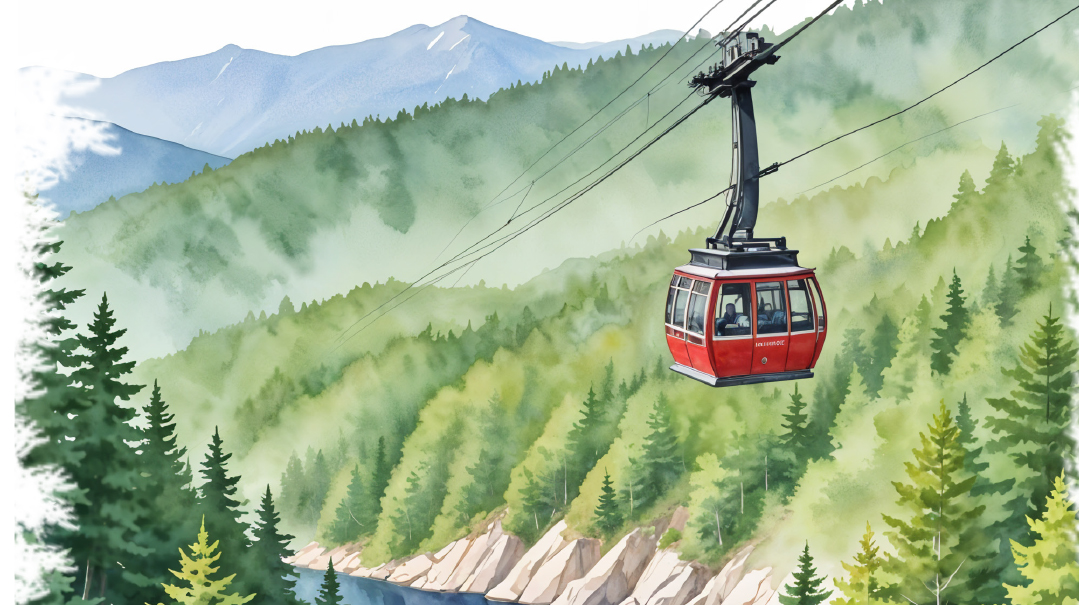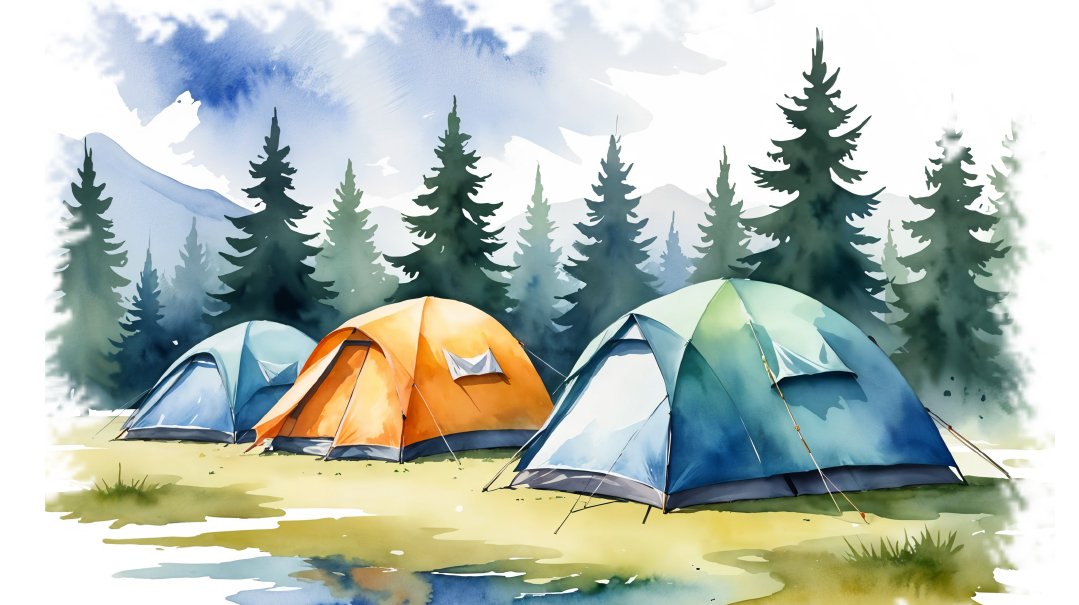Heart to the East
| August 6, 2024There was one phone in the entire village, a payphone in a wood shed in the middle of a cornfield
My mom’s dream to take our whole family to the Holy Land wasn’t your typical vacation back then, but while the chicken coops and orange orchards of Ramatayim have morphed into the villas of upscale Hod Hasharon, and my wife and I now stay in our Jerusalem apartment, my teenage heart opened under those fragrant trees
Location: Eretz Yisrael
Years: 1964
I peered through the barbed wire fence, trying to catch a glimpse of the Kosel and the Temple Mount on Tishah B’Av day. Because the Old City was in Jordanian hands, you could go only as far as Migdal David, where you could attempt to see the area of the Beis Hamikdash from a distance through the barbed wire.
In Baltimore we spend a lot of time on Tishah B’Av saying Kinnos, I thought, comparing my experience of the sad, somber day in my hometown with this year’s in the Holy Land. In Baltimore we fasted, we davened, and yes, of course I felt sad, but the Churban felt distant, an event of long-ago history.
Here, I’m not far from where the Beis Hamikdash stood, but I can’t even see the outer wall properly.
Tears sprang to my eyes: In that moment, I felt a deep longing and raw emotional anguish for the makom haMikdash. On that Tishah B’Av, I was a Jew mourning the Churban.
We were in Israel for an entire month that summer, the realization of my mom’s dream for our family to visit together. It was her first time in the Holy Land, and a long time coming, because it was expensive to fly the four of us across the Atlantic Ocean and difficult for my dad to take off so much time from his business. But once Mom decided this was a goal, she methodically kept to her plan, setting aside a few dollars every month in our special Israel trip account. It took 14 years to save enough for us to travel to Israel for an extended stay, during which we would see relatives my mother hadn’t seen in 25 years, since before the war.
I was 14 when we finally boarded an El Al plane (a Boeing 707, if I recall correctly) out of New York, along with about 140 other passengers. Some 13 or 14 hours later, we landed in a tiny airfield called Lod with a crackly “Hatikvah” playing on the plane’s loudspeaker. Tears streamed down Mom’s face.
We bent to kiss the holy ground after we deplaned. Out of the corner of my eye, I noticed young boys and girls in military garb carrying Uzi machine guns, protecting the country, its residents, and us tourists. (I couldn’t help but remember Dad’s oft-shared story of when he took a boat from Germany to Haifa Port in 1937. Back then, traveling from Tel Aviv to Jerusalem was a treacherous journey, with Arab snipers shooting at the caravans of cars and trucks making their way to the Holy City. In fact, when Dad took a sheirut to Jerusalem, he sat in the front seat until an elderly gentleman boarded and requested that seat. Dad gave it up — and on the way to Jerusalem the gentleman sitting in that front seat was shot by a sniper.)
Cousin Leo Goldschmidt, who came to greet us, had arranged for a tiny taxi to pick us up. The driver strapped a few of our cases to the roof, and we squeezed in, traveling from Lod on narrow roads through agricultural areas and on through Petach Tikvah as we made our way to Ramatayim, where much of Mom’s family lived.
Oops! We could not locate your form.

